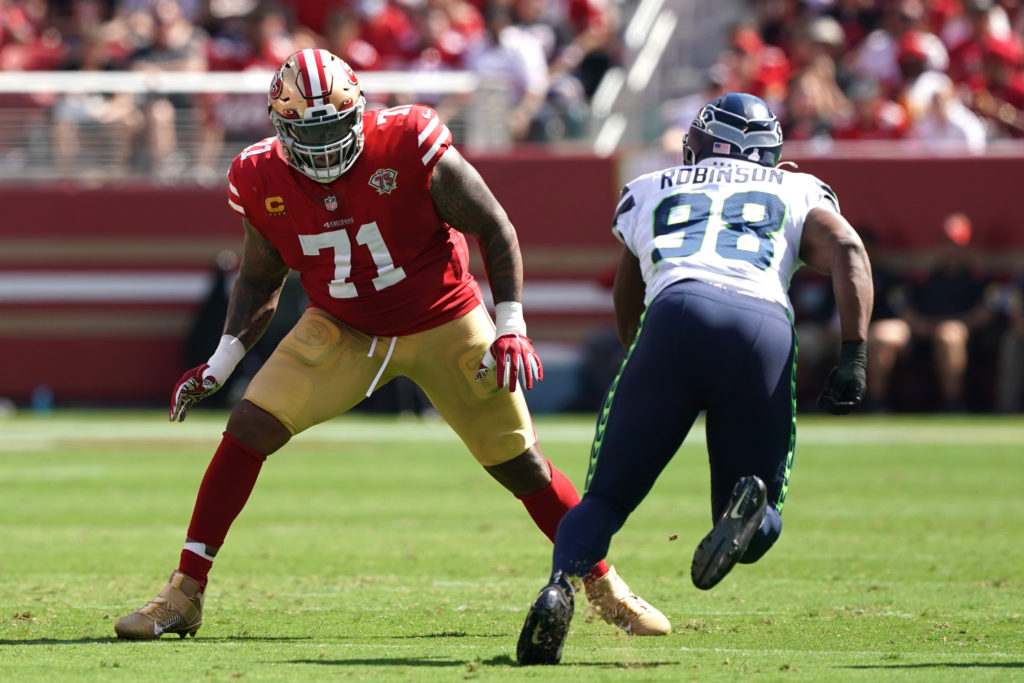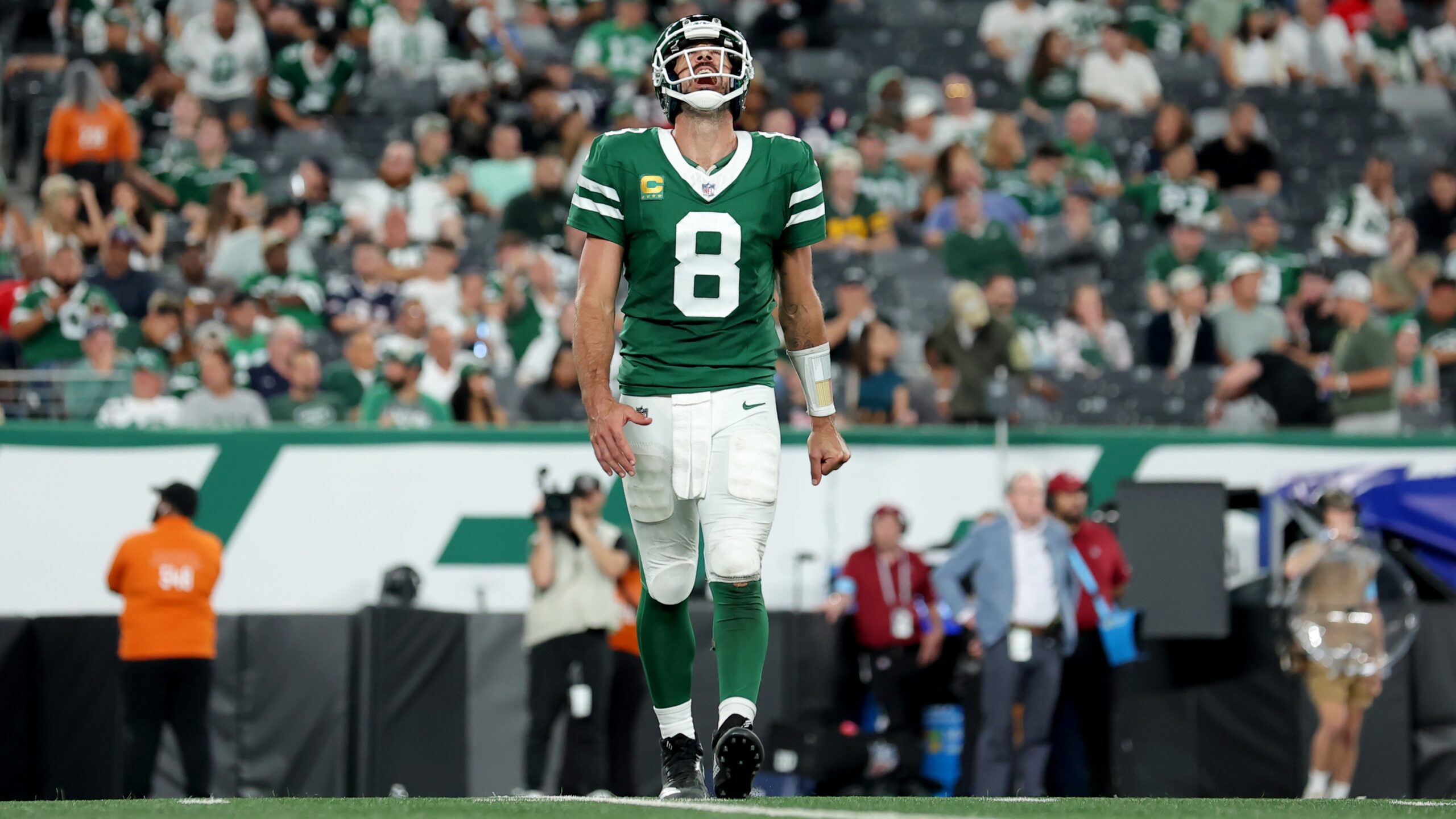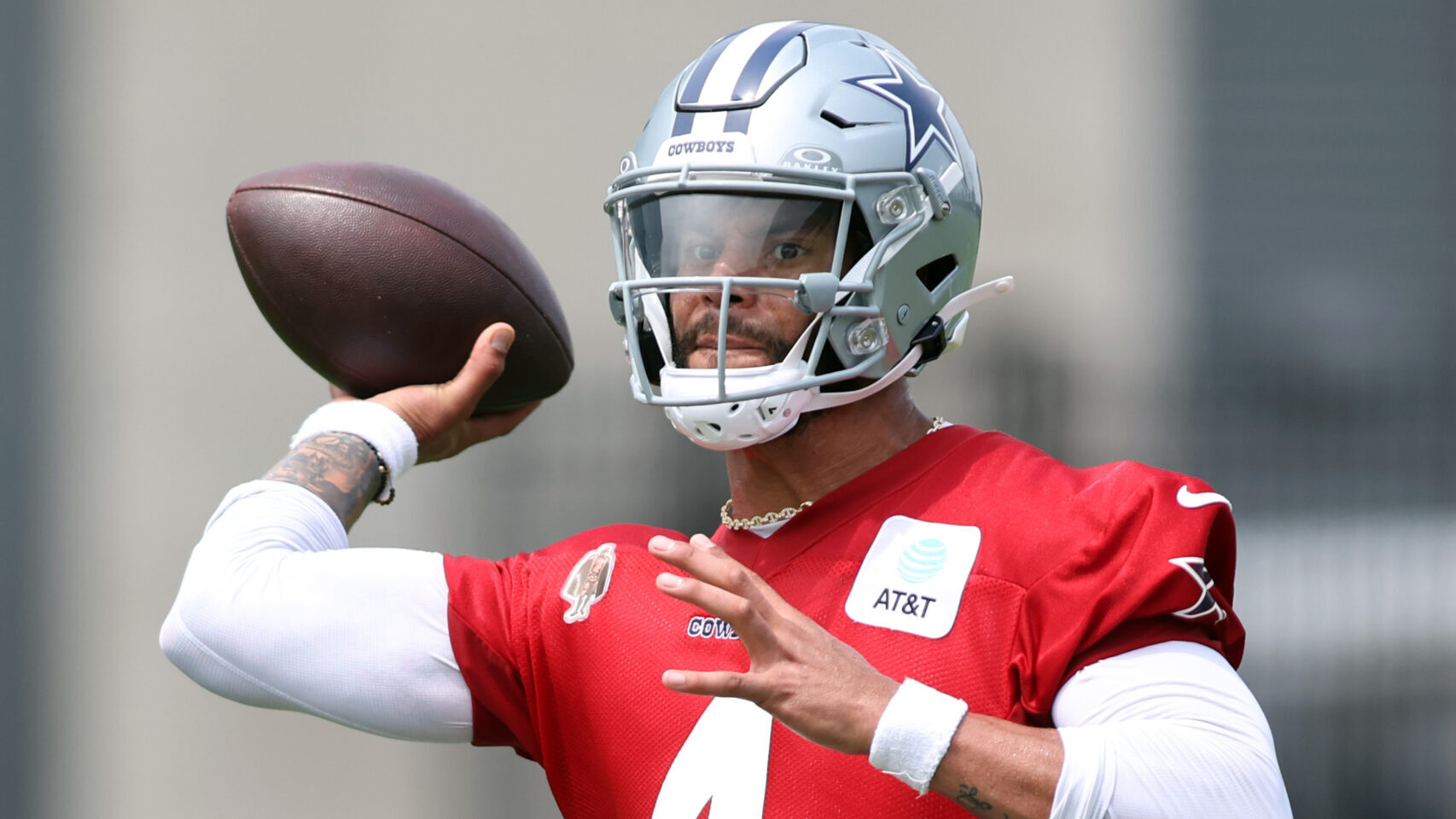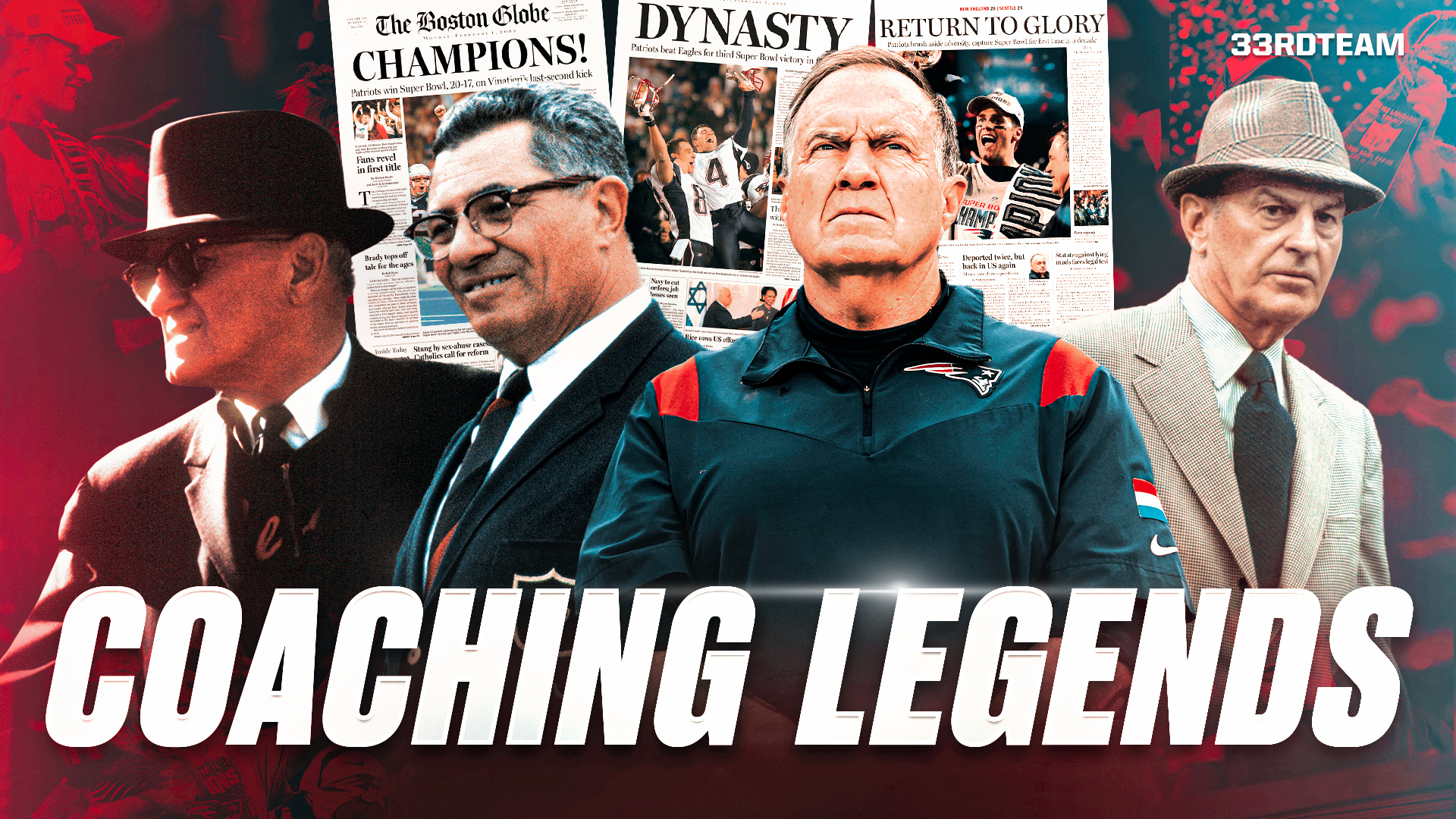Analysis
8/6/22
4 min read
Move or Be Moved: How Powerful Athletes Win in the NFL

In 1687, an English fellow named Isaac Newton published a scientific masterpiece titled Philosophiae Naturalis Principia Mathematica, which we’ll call the P.N.P.M. because that pronunciation is a doozy.
Newton was a truly brilliant dude, the Bill Walsh of his field if you will, and the P.N.P.M. is to modern science what Finding the Winning Edge is to modern football. It’s sacred scripture.
Contained within this groundbreaking work are Newton’s laws of motion, the first of which basically says that a stationary object won’t move unless impacted by a force and that a moving object won’t stop unless impacted by a force.
Now, I’m not saying Newton was talking about football when he made that conclusion, but I’m certainly not saying he wasn’t. If you really think about it, the law explains exactly how the trait of power manifests itself on a professional football field.
As NFL Films Analyst and The 33rd Team Contributor Greg Cosell so perfectly put it, “Power is strength in motion.”
Power can be either a displacing force, like a guard moving a defensive tackle from his gap to open a lane or a neutralizing force, like a linebacker stymying a ball carrier barreling toward the goal line.
We’ve previously discussed that football is a game of inches. The highly sought-after inches are often won by the more powerful players, who can move opponents who don’t want to be moved and stop opponents who don’t want to be stopped.
In the clips below, we see the kinds of powerful athletes who will always be hot commodities in the eyes of team-builders across the league. Teams need players who harness the power to both create movement and stop it.
In The Trenches
To win on the ground, particularly when pinned deep in your own territory, you need the hog mollies up front to generate movement. Luckily for the 49ers, they have Trent Williams and George Kittle.
This play is a fitting demonstration of the “Power” run concept. Williams and Kittle paved a four-lane highway on which Elijah Mitchell cruised into the Dallas secondary.
Williams’ stunning power at the point of attack buried Trysten Hill in the backside B gap, and Kittle landed a powerful punch knocking Randy Gregory off his feet. That’s how the coaches draw it up.
Chandler Jones had five sacks against the Titans in 2021. Five! It was an incredible pass-rushing performance, and one sack, in particular, gave football fans everywhere some Reggie White flashbacks.
In a Nashville rendition of The Minister of Defense’s trademark hump move, Jones unleashed overwhelming power to toss Kendall Lamm out of the club on his way to a strip sack of Ryan Tannehill that sent the ball all the way to The Second Fiddle.
In Space
We all miss him. Sunday afternoons just don’t feel the same without Marshawn Lynch punishing people up and down the field.
Fortunately, there are other backs, like D’Andre Swift, who have the power to, as Marshawn would say, “Run through somebody’s face.”
Upon reception of a Jared Goff checkdown, Swift closes on and sizes up Bashaud Breeland before dropping the hammer. Power wins inches, and Swift’s power won him another seven yards beyond the initial point of contact.
Nowhere on the field are the inches more important than on the goal line. The chinstraps buckle a tad tighter, the stances drop a little lower and the intensity cranks a lot higher. There are points at stake.
In this high-speed collision, Melvin Gordon found an opening and was inches away from paydirt. Then, he got leveled by what had to have felt like a semi-truck.
As we said earlier, power can be a neutralizing force, too, and C.J. Mosley’s forceful stopping power took Gordon from 60 to 0 in an instant.







